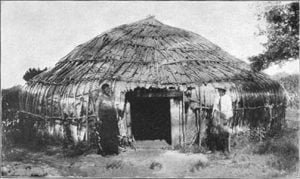Treaty of March 13, 1862
Whereas a treaty was made and concluded at the Kansas agency, in the then Territory, but now State, of Kansas, on the fifth day of October, A. D. 1859, by and between Alfred B. Greenwood, commissioner on the part of the United States, and the chiefs and head-men representing the Kansas tribe of Indians, and authorized by said tribe for that purpose; which treaty, after having been submitted to the Senate of the United States for its constitutional action thereon, was duly accepted, ratified, and confirmed by the President of the United States, on the seventeenth day of November, A. … Read more



